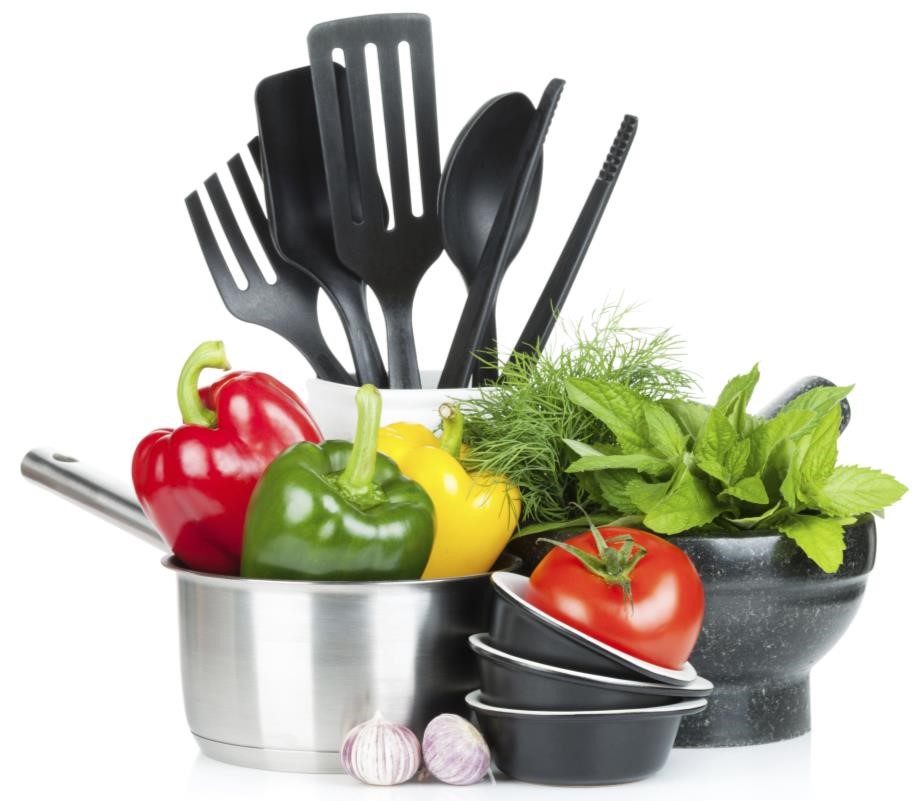
Background
Consumer Council has conducted tests on the nylon wok spatula on the market recently. The test results showed some products failed regulation standards in terms of impurity migration. Some products were even deformed after being heated. What kind of material is nylon? What are the usages of nylon? And what are nylon’s safety requirements in Europe and US markets?
Inside This Article 2 Points you need to Know:
1. What is nylon?
2. Nylon regulations?
1. What is nylon?
Under plastic classification, nylon belongs to the polyamide family. It was originally developed and used by DuPont Chemical in the 1930s. After nylon material was commercialized, it becomes one of the commonly used materials for kitchenware, due to nylon’s abrasion resistance and mechanical strength under high temperature. There are many types of nylon materials, but not all nylons are suitable for food contact materials. In fact, many countries (such as Europe, the United States and Japan) have implemented a positive list system for food contact plastics, which means that only plastics that meet specific requirements are allowed to be used as food contact materials. It is no exception for nylon materials.
2. Regulations of Nylon food contact materials
In the United States, nylon materials are regulated by Federal Law 21 CFR 177.1500, which stipulates the required density, melting point, acid resistance, and overall migration (i.e. impurity migrated into food during designed use) for different food simulants. Take nylon 6 and nylon 66, which are commonly used in the manufacture of kitchen utensils, as examples, the minimum required melting points are 200°C and 246°C respectively, and they shall also be able to resist boiling strong acids for up to one hour.
As for Europe, food contact plastics are regulated by EU Directive 10/2011, which is a bit different from the requirements of the US FDA. EU Directive 10/2011 does not specify requirements of individual plastic, but instead regulates the overall migration , plasticizers, monomers, primary aromatic amines and heavy metals for all food contact plastics. For food contact nylon, since Caprolactam and Hexamethylene Diamine are commonly used as monomers, it is recommended to test for these two monomers and overall migration to ensure that the product meets the requirements of European regulations. In addition, the risk of nylon kitchen utensils containing primary aromatic amines is higher than that of other chemicals. Taking year 2019-2020 as an example, the European Union’s Rapid Alert System for Food and Feed (RASF) reported 21 recall cases involving nylon kitchen utensils, and all but one of them were due to primary aromatic amine.
If manufacturers want their products to meet the food safety requirements of various countries, the most straightforward way is to send the products for testing.
Author : CMA Testing Harris Wan


